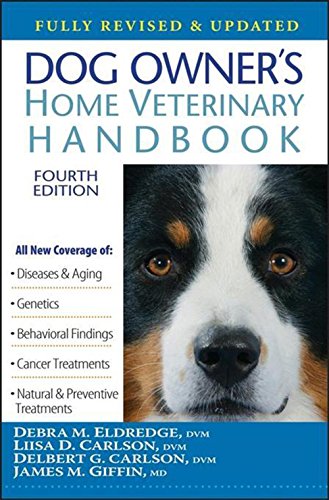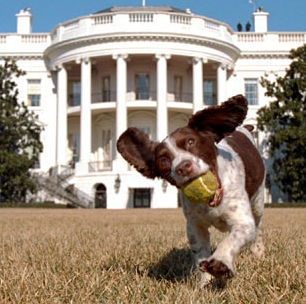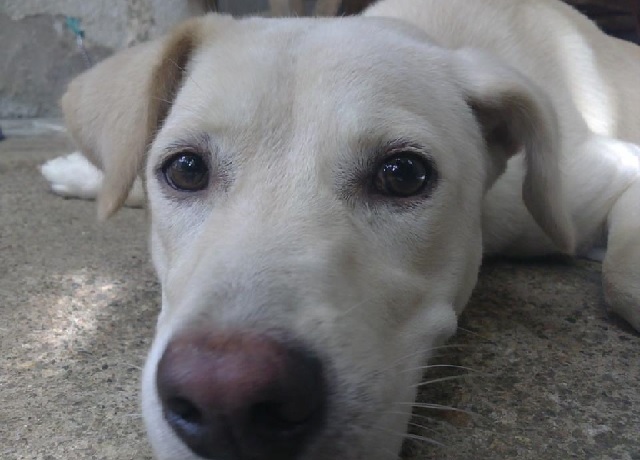
Obesity is one of the most common nutritional medical disorders affecting companion animals, with approximately 24-40% of pets being classified as overweight. Obesity is defined as an increase of over 20% above the optimum body weight. Reasons for this include a more confined and sedentary lifestyle for pets, availability of highly-palatable, energy dense pet foods and treats, and a strong human-animal bond which leads to overfeeding and snacking.
The fundamental cause of obesity is excess of caloric intake over energy depletion with the surplus being stored as fat. There are many factors which affect this balance, including age, breed, sex, hormonal abnormalities, as well as external factors such as lifestyle, diet formulation and intake.
Hound breeds, Cocker Spaniels, Labradors and Shelties are some of the more common breeds affected. Neutered females, dogs older than 4 years of age and pets belonging to obese owners are more prone to excess weight gain.
The risk of certain health problems increases with obesity, as well as an aggravation of existing clinical disease, such as arthritis and respiratory disease.
Weight reduction can be achieved by lowering of energy intake, coupled with correction of concurrent medical conditions. Increased exercise is critical, but can be impractical in cats or difficult due to owners’ lifestyles. Very often behavioural modification techniques are necessary to eliminate inappropriate behaviour such as begging. For any weight reduction program to be successful, an owner must first acknowledge that a problem exists and then be committed to its correction.
Calorie reduction in dogs can be quite dramatic, utilizing complete starvation (not recommended in cats due to the possibility of precipitating hepatic lipidosis). This is likely to be unacceptable to owners, would require vitamin/mineral supplementation, and result in an unwanted loss in lean body mass. Moderate weight loss can be achieved by feeding 10-20% fewer calories through less volume of regular food. Restricting calories also restricts protein, vitamins and minerals. However, most pet foods contain sufficient excesses for this degree of calorie restriction.
With grossly obese or less dedicated owners, a more severe caloric restriction may be necessary. Diets which have a more severe restriction of calories (25% or greater) must be specially formulated and fortified to avoid nutritional imbalances. Diet restriction must be introduced cautiously in obese cats as they can often only tolerate moderate caloric restriction. Furthermore, many low calorie/weight reduction diets may be unpalatable to some cats. It is important to ensure that the cat does, in fact, eat the diet when it is first introduced.
With the aid of a number of computer programs or nutritional texts, the daily caloric requirements of the pet can be calculated and the appropriate amount of a specific food prescribed by the veterinarian. The principle in all therapeutic diets is to offer a reduced energy density coupled with a compensatory supplementation of protein, vitamins and minerals. A number of different formulations used by different manufacturers and the most effective has not been established. Some foods offer a lower fat content coupled with higher levels of complex carbohydrate which not only lowers energy density but adheres to the concept that fat is more efficiently laid down as adipose tissue than carbohydrate. Other foods which are low in fat, coupled with high levels of indigestible fibre, rely in part on an earlier feeling of satiety to limit food intake. However, stool volume and palatability may be adversely affected. Alternative bulking methods involve higher water content in canned foods and higher air content of dry foods.
As most dogs and cats will eat to meet their daily caloric requirements, calorie restriction remains the essence of successful weight loss. Although most cases of obesity can be corrected with proper owner compliance, early pet owner education remains the best preventative measure. Overfeeding puppies and kittens may lead to an excess production of fat cells and a tendency to being overweight later in life, In puppies, overfeeding may also accelerate the growth rate, which in certain breeds may increase any predisposition to certain skeletal diseases. Young pets should be fed an appropriate daily amount of a balanced food with a caloric density that will result in normal growth rates and lean body condition. For most adult pets, avoidance of free choice feeding and poor behavioural habits (e.g. begging), and regular exercise will provide a successful approach to the prevention of obesity.
Reprinted with permission from www.animalhealthcare.ca
 Looking for a Friend: Why the Boxer Might Be Perfect For You
The Typical Greeting of a Boxer
Looking for a Friend: Why the Boxer Might Be Perfect For You
The Typical Greeting of a Boxer
 The Five Most Common Dog Diseases including Ringworm and Mange
Bone Problems in a Dog
Credit: Wikime
The Five Most Common Dog Diseases including Ringworm and Mange
Bone Problems in a Dog
Credit: Wikime
 Dog Treats: Which Dog Treats Are Safe and Which Arent?
Dog Treats: Do You Know What’s Safe and What Isn&rsqu
Dog Treats: Which Dog Treats Are Safe and Which Arent?
Dog Treats: Do You Know What’s Safe and What Isn&rsqu
 President Dogs: The 20 Most Recent Presidential Pooches (& Other Pets)
20 Most Recent Presidential Pooches (& Other Pets)
They
President Dogs: The 20 Most Recent Presidential Pooches (& Other Pets)
20 Most Recent Presidential Pooches (& Other Pets)
They
 A Review of The Invisible Fence
Chubbymy pet LabradorI have a pet dog, named him Buddy, he i
A Review of The Invisible Fence
Chubbymy pet LabradorI have a pet dog, named him Buddy, he i
Copyright © 2005-2016 Pet Information All Rights Reserved
Contact us: www162date@outlook.com